Grey pelican, also called the spot-billed pelican (Pelecanus philippensis), is a member of the pelican birds family. It lives and breeds in southern Asia, from the southern part of Iran to the eastern part of Indonesia. It is a bird of big bodies of water, especially large lakes, both inland and on the coast. Even though they are smaller, they are hard to tell apart from other pelicans in the area from a distance. Up close, the spots on the upper mandible, the lack of bright colors, and the greyer feathers make them easy to spot. In some places, these birds nest in big groups close to places where people live.
Grey Pelican
In some places in eastern Bengal, fishermen once used this species to trick certain fish into coming to them. These sailors thought that fish like Colisa and Anabas were drawn to an oily secretion from the bird. People have noticed that these birds tend to nest close to where people live. The spot-billed pelican is a large water bird. In the southern parts of its range, it is often the biggest or one of the largest native birds, though it is small for a pelican.
Spot Billed Pelican Description
Spot Billed Pelican is 49–60 inches (125–152 cm) long and weighs 4.1–6 kg (9.0–13.2 lb). The wingspan can be anywhere from 213 to 250 cm (7 ft 0 in to 8 ft 2 in), and the big beak is usually between 285 and 355 mm (11.2 to 14.0 in) in length. It is mostly white, but its head, neck, and tail are all gray. The feathers on the back of the neck are curly and form a gray crest on the nape. The pouch is pink to purple and has big white spots on it. The sides of the upper jaw also have spots on them.
The bill or nail is yellow to orange at the tip. In mating plumage, the skin at the base of the beak is dark, and the pink patch around the eye is called the orbital patch. In flight, they look a lot like the Dalmatian pelican, but the tertials and inner secondaries are darker, and a pale band runs along the greater coverts. It has a longer tail. The young birds are covered in white down when they first hatch. They then change their feathers to those with gray spots. The spots on the bill do not show up until the second year, and the full adult plumage does not show up until the third year.
Distribution and Habitat
The species is only found breeding in peninsular India, Sri Lanka, and Cambodia. Some Indian birds are known to spend the winter in the Gangetic Plains, but claims of their presence in the Maldives, Pakistan, and Bangladesh have been called into question. The main place they live is near small freshwater lakes in the lowlands. The spot-billed pelican does not migrate, but it is known to move around locally and is found in more places when it is not nesting.
This species breeds in colonies, and it often does so with other waterbirds. The birds build their nests on low trees near waterways and sometimes near places where people live. There have been reports of many big breeding colonies, and some of them have gone away over time. The number of spot-billed pelicans has gone down because of habitat loss and human interference.
Many groups in Southeast Asia, including parts of China, are now extinct. In the early 1900s, this species was common in the Philippines. By the 1960s, however, its numbers had dropped, and in some places it was no longer found. It is thought that the number of this bird in southern India is on the rise. Since then, their numbers may have gone up because they are better protected, and the IUCN Red List for 2007 changed their status from “vulnerable” to “near threatened.”
Behavior and Ecology
They are very quiet, but they can hiss, grunt, or snap their bills at their homes. Some of the first accounts of nesting colonies said that they were different because they were quiet, but most have said that they are loud. Like most other pelicans, it swims on top and catches fish in its huge bill pouch. It does not feed in big groups like the great white pelican does. Instead, it fishes alone or in small groups. But sometimes groups line up and push fish toward the shallows. Small groups of birds fly in a steady order when going to their roosts or places to eat.
During the hottest part of the day, they often fly on air currents, and they may also hunt at night. The birds nest in groups, and their nests are thick platforms made of sticks that are put on low trees. From October to May, they have their young. When the northeast monsoon starts in Tamil Nadu, the breeding season starts. The males show their interest in a female by filling their pouches with air by swinging their heads up and down, then side to side, and finally holding their heads over their backs.
Bill claps may also be made as the head moves back and forth. Most of the time, they build their nests near other colonial waterbirds, especially painted storks. Most nests have three to four pale white eggs. As time goes on, the eggs get dirty. About 30–33 days later, the eggs hatch. For three to five months, the young stay in or near the nest. When they are kept in a zoo, the young can breed after two years. Like other pelicans, they cool off by flapping their necks and breathing.
Grey Pelican Taxonomy
In 1789, the German naturalist Johann Friedrich Gmelin wrote about the spot-billed pelican for the first time in an updated and expanded version of Carl Linnaeus’s Systema Naturae. He put it in the genus Pelecanus with the other pelicans and came up with the name Pelecanus philippensis for it. Mathurin Jacques Brisson, a French zoologist, had written and drawn “Le pélican des Philippines” in 1760. Gmelin based his account on it. The sample that Brisson had was taken from the island of Luzon in the Philippines. There is only one type of this species, and no subspecies are known.
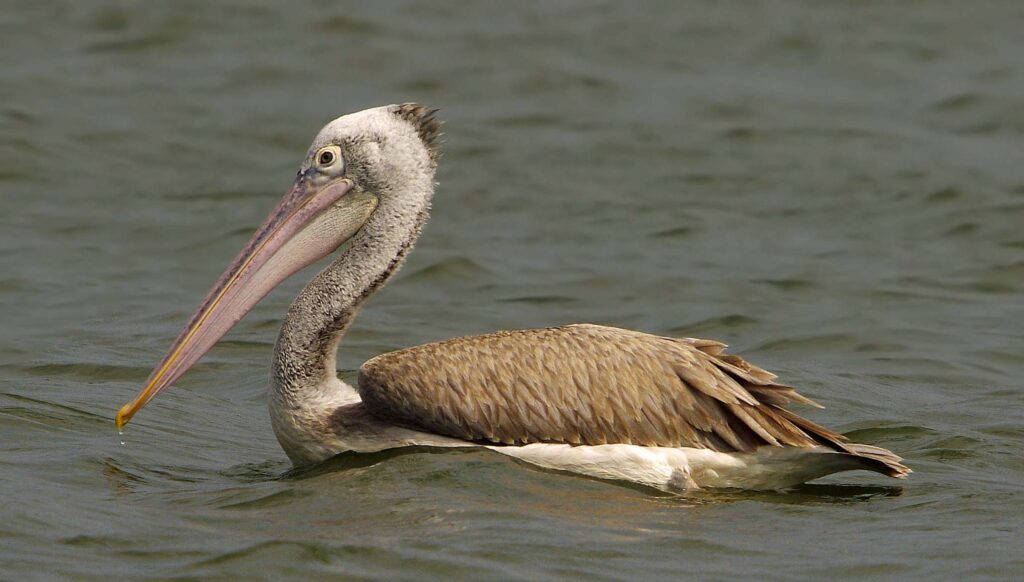
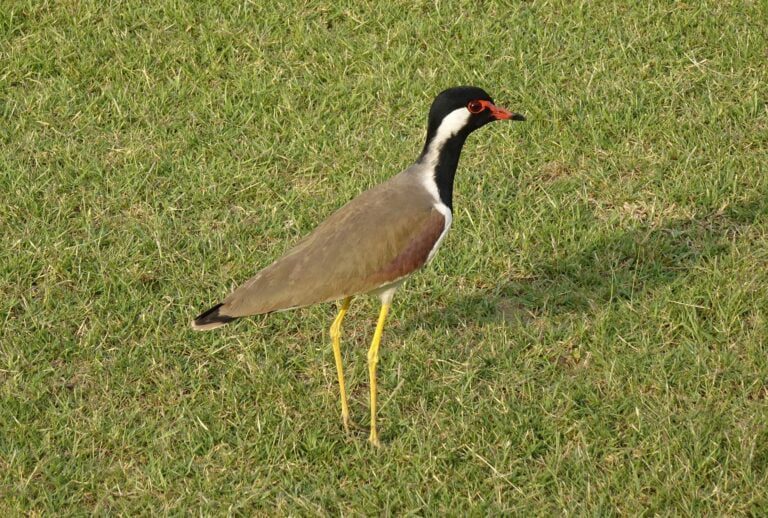
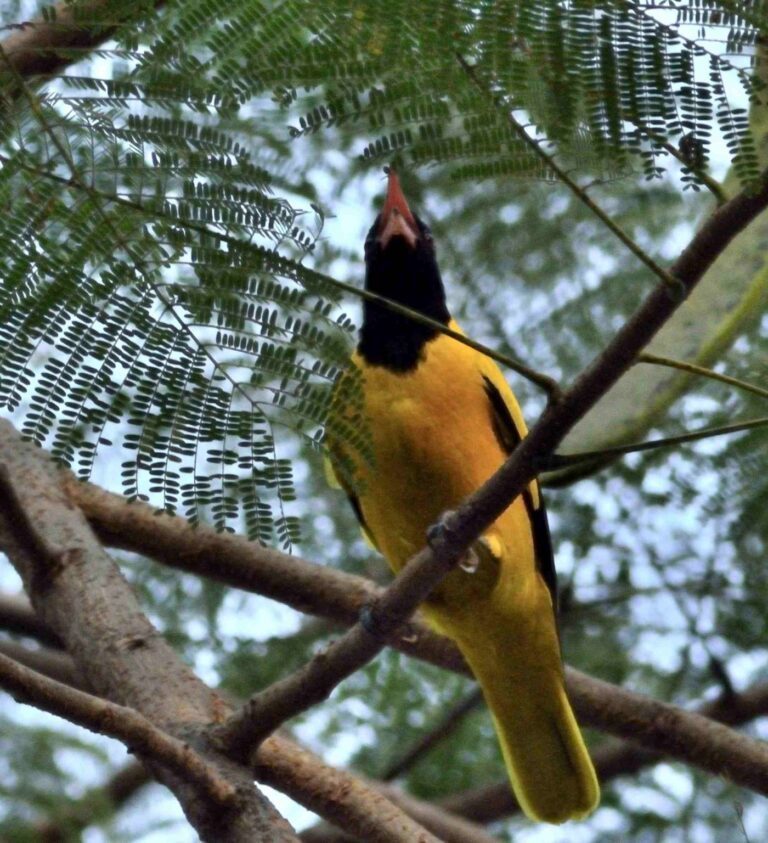
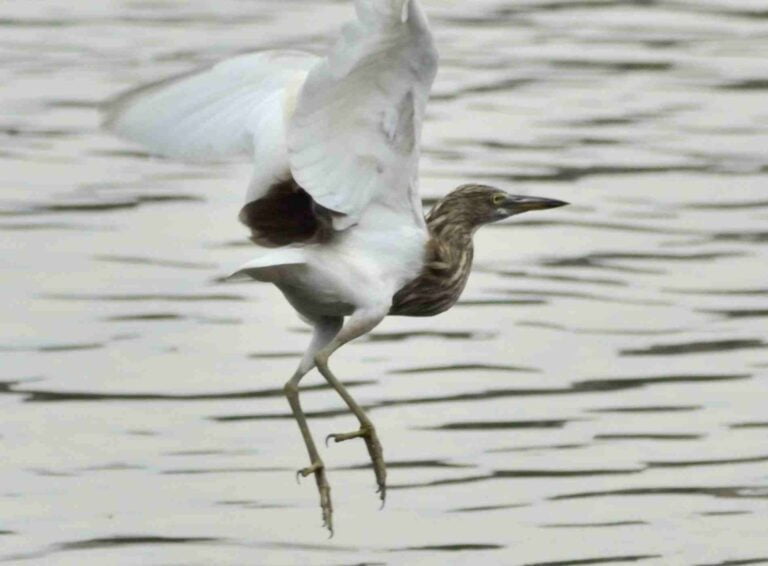
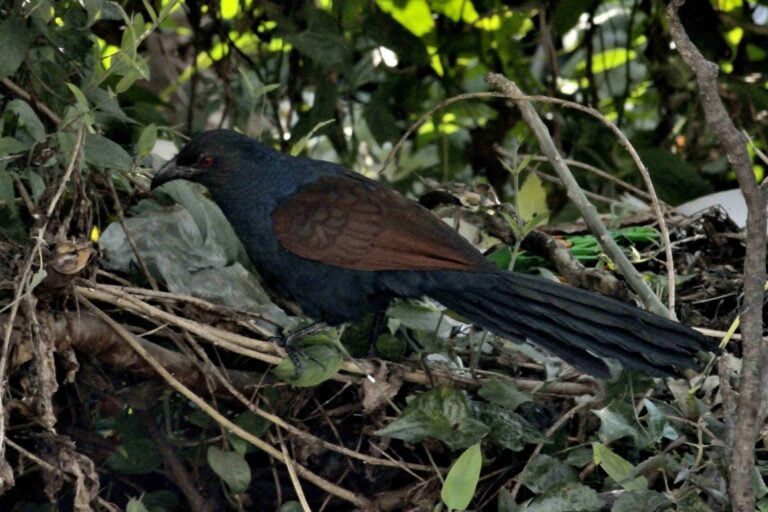

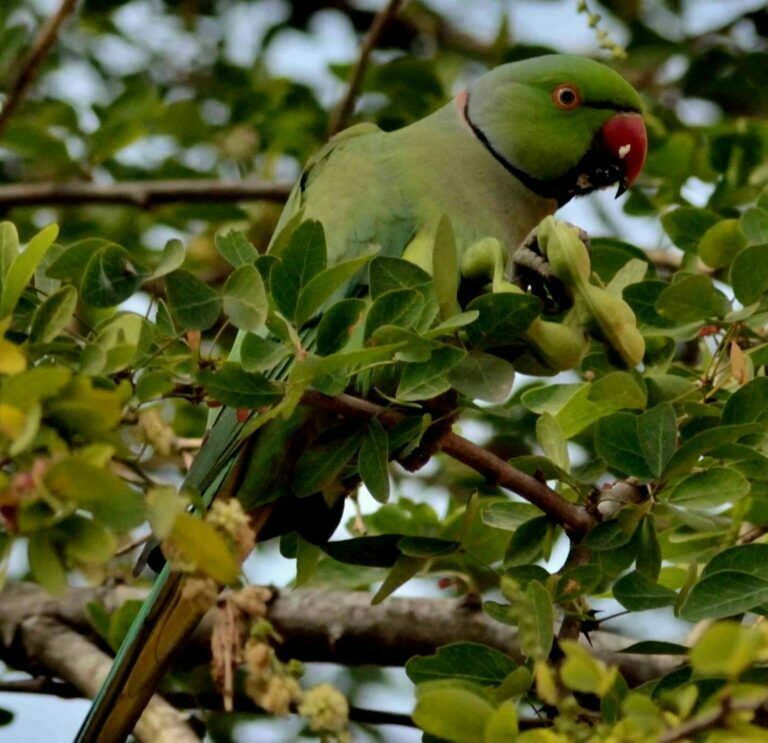
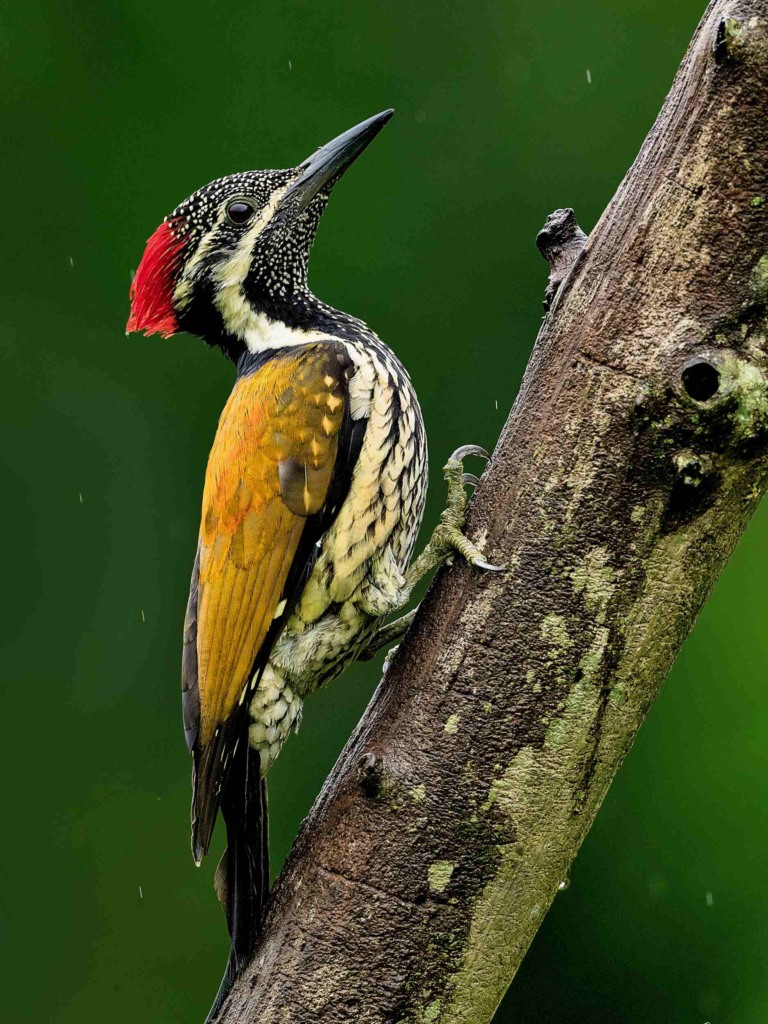

My dear this is an interesting post, but I use this comment just to thank you to be my follower. Here there is a Christmas gift for you…